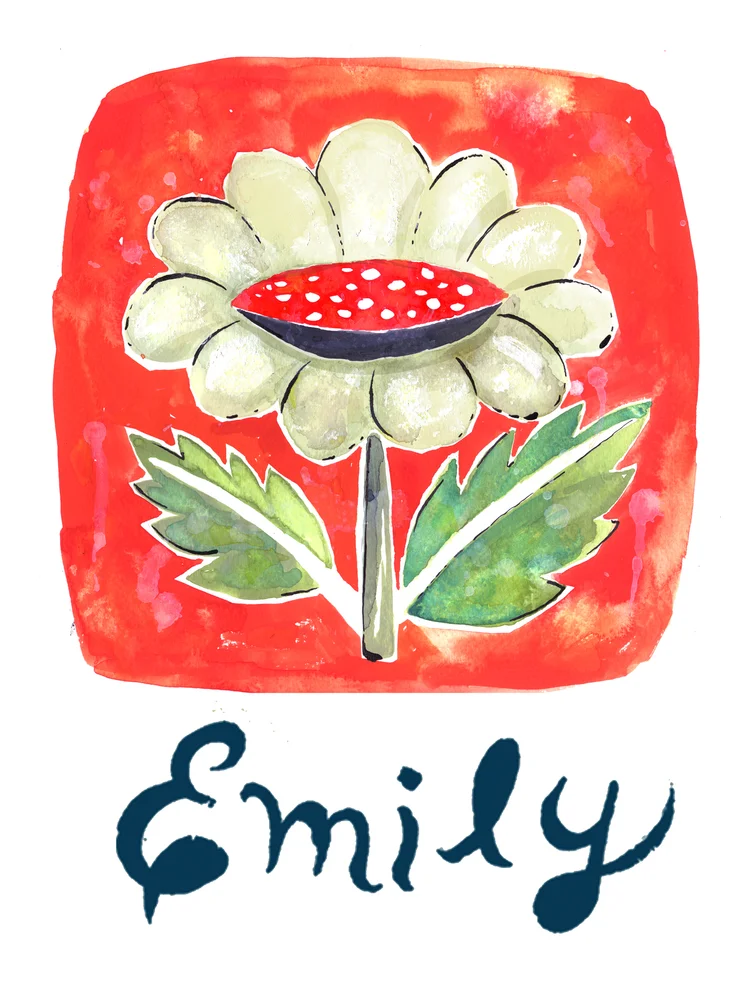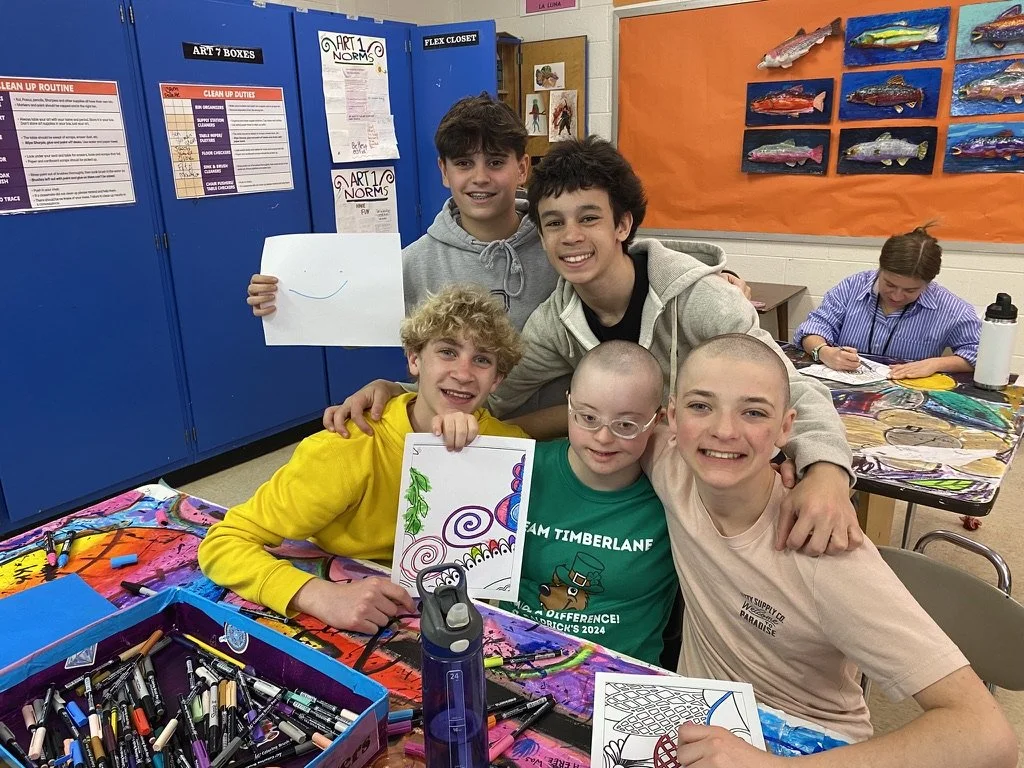We’ve all seen it. The arts are the first area to be cut when schools have budget shortfalls. And in a period of cuts, we art teachers often plead the case that the value of the arts lies in their utility in other subjects. The arts are indispensible! After all, how can a student become a state robotics champion if he can’t even glue two toilet paper tubes together?
And look, it’s all true. The arts are useful across the curriculum and should be integrated. If a social studies teacher can tolerate the mess and chaos of thirty 11 year-olds sculpting artifacts in clay, it’ll be the most memorable project of the year. Because ... the data is in ... when we engage all of our senses and make our own choices, learning sticks.
But wait. Let’s slow down.
Serious study in a creative discipline ... dance, music, art, performance ... should not be viewed as simply utilitarian or supplemental. The arts are not just here to serve. Core area teachers should also lead with the creative skillset. The best one’s do, and they should be supported in this.
The cognitive skills needed to thrive in this world are art competencies; habits of mind developed through creative work that requires thinking, movement and social connection. As education philosopher John Dewey said, “Give the pupils something to do, not something to learn...”
Like ladies in a quilting bee, art kids are in a constant dialog as they work with their hands. They flex and contract their social muscles, forming opinions, making decisions, finding solutions ... all in a loud and messy commnunity.
Education scholar Elliot Eisner, said, “One of the contributions the arts make to education is the development of thinking that is flexible, tolerant of ambiguity, and oriented to the exploration of the possible. This kind of thinking is too important to be restricted to the arts alone.”
• Flexible, nuanced thinking.
• A tolerance for ambiguity.
• Ease in the face of the unknown or unfamiliar.
• Curiosity about what is and drive to discover what can be.
If those sounds like the teaching objectives of a civics lesson they are. The arts are a crash course in how to think and thrive in a community.
Parents often tell me their child needs art class because it offers a “brain break” during an otherwise difficult academic day. The point is well intended. But the brain is not on vacation in art class. It’s fired up by freedom and agency. It’s exploring it’s own wild places. Forests and streams. Difficult climbs, then steep drops into fertile valleys.
I’m waxing poetic because the arts deserve it. As art teachers we see, every day, the engagement we get, not because we’re geniuses. But because we put out the the sheet music, the paint, the script and props, the drums and we invite kids in. “Build your skills. Work together. Find your own voice.”
And when they do, it’s magical.
Eisner, E. W., What can education learn from the arts about the practice of education? (2004)
John Dewey, Democracy and Education (1916)

